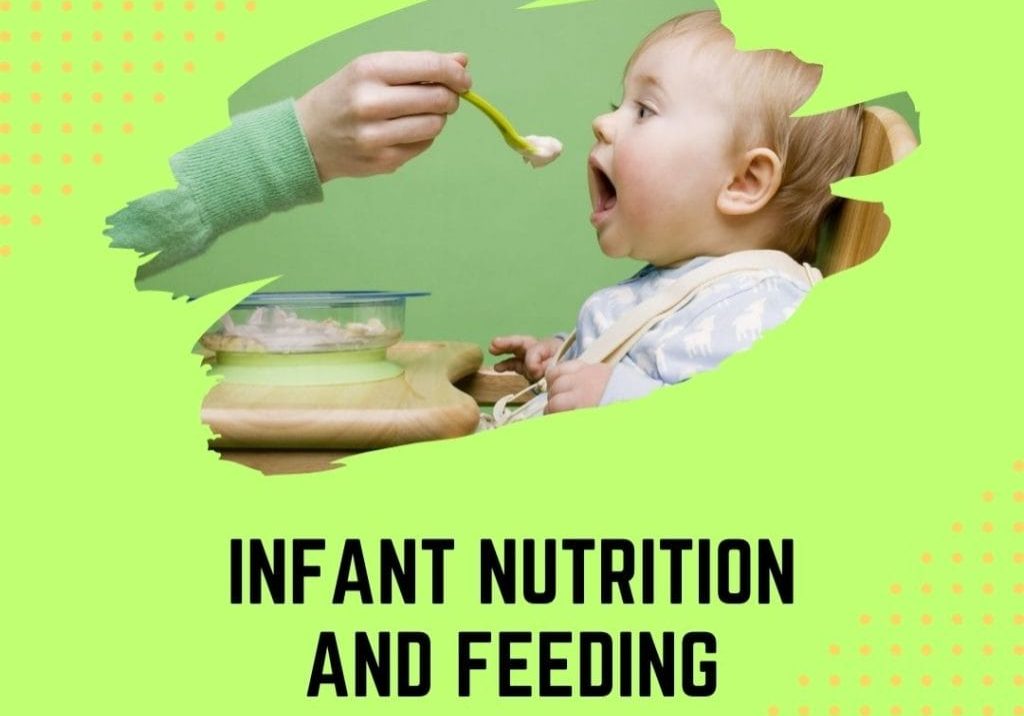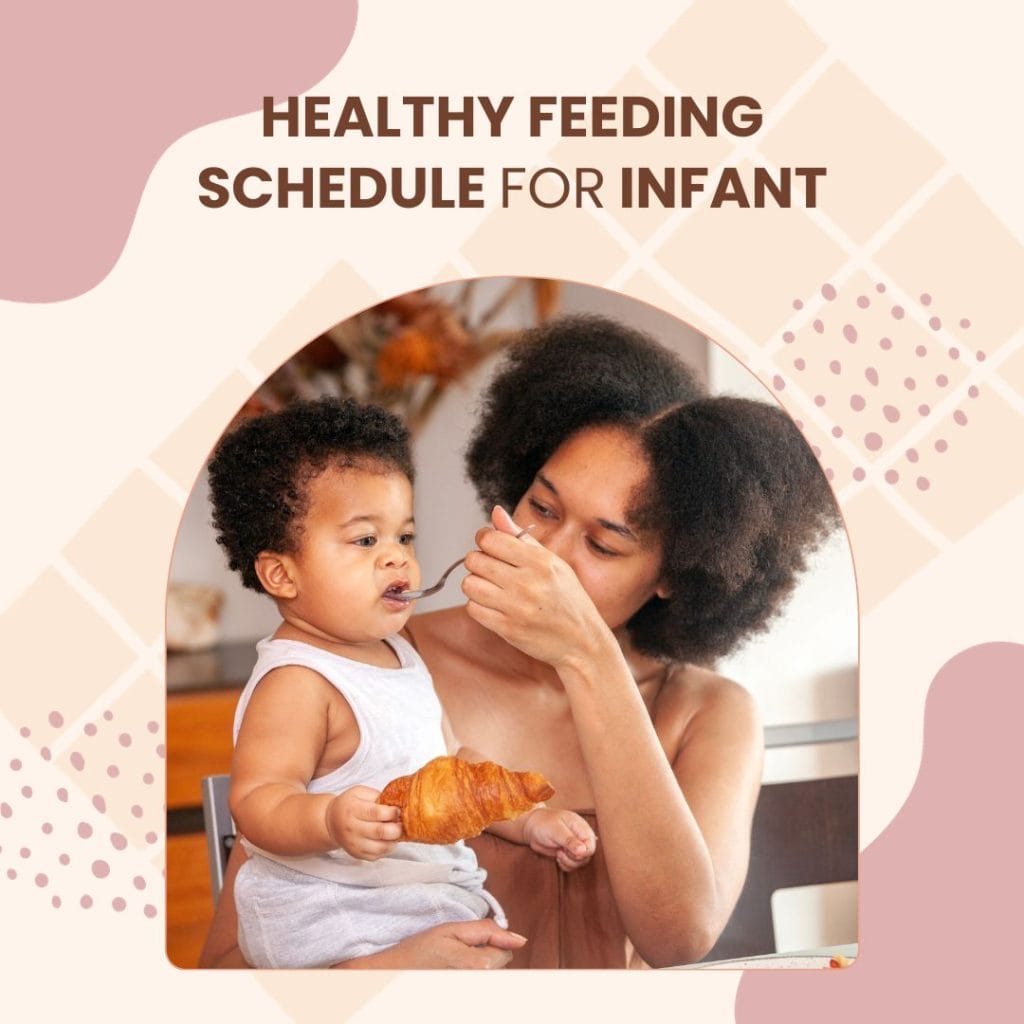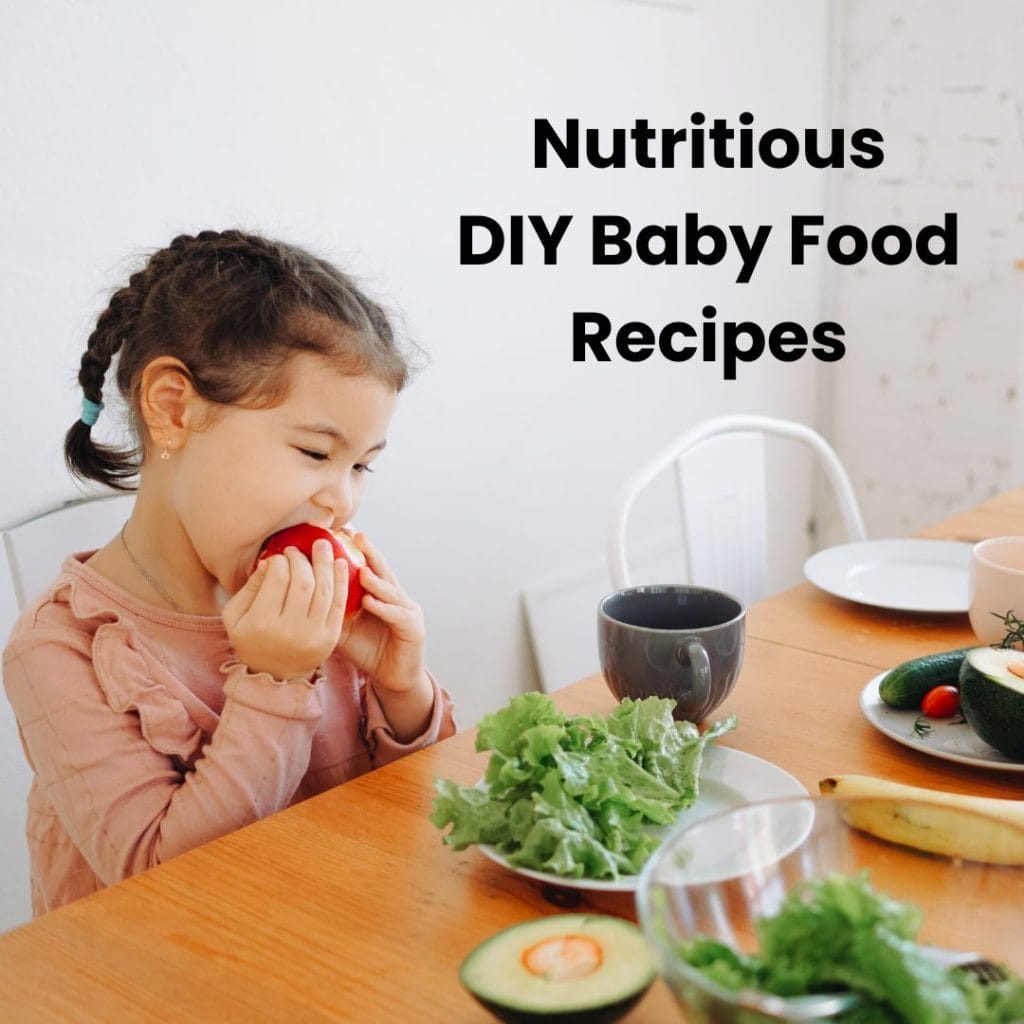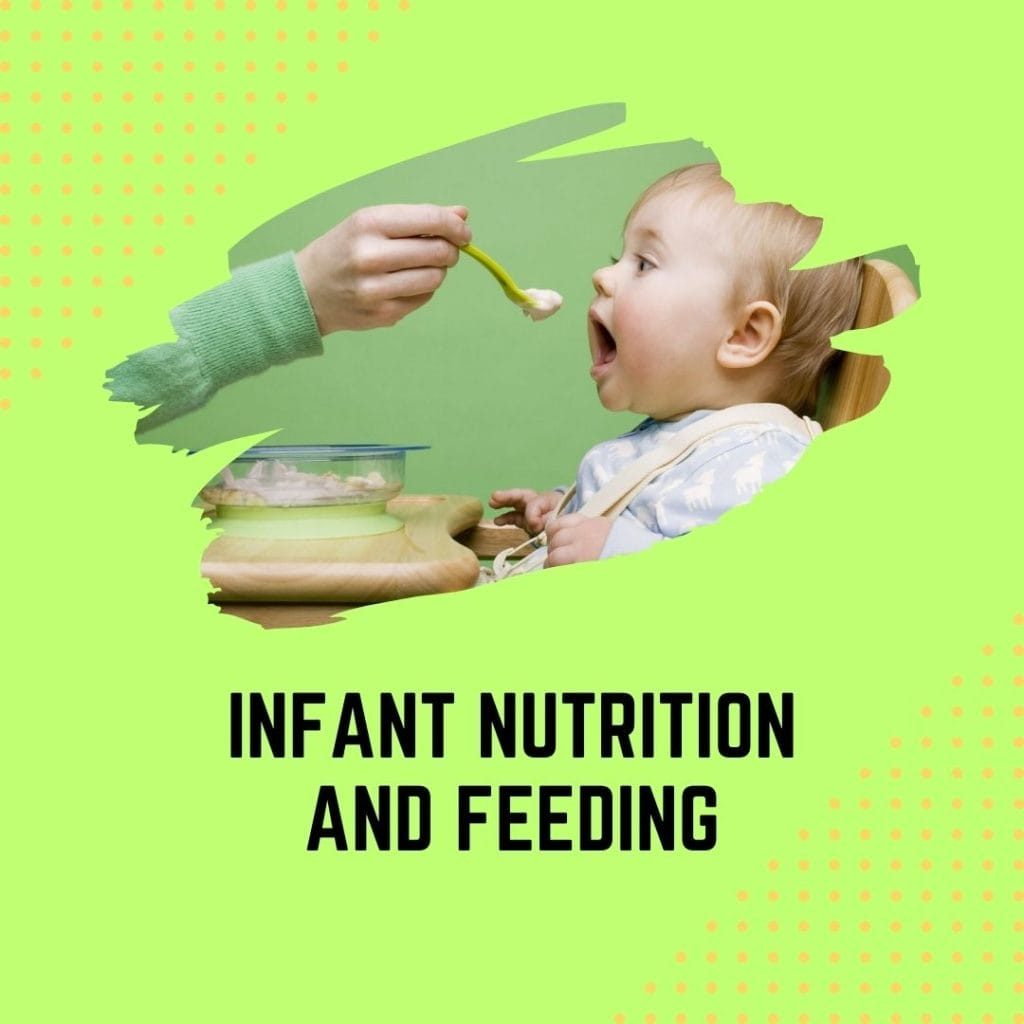Understanding the nuances of Baby Food Nutrition is pivotal to ensuring the health and growth of your little ones. This guide aims to shed light on the vital nutritional components required in baby foods. Our focus is to help parents make informed decisions about their baby’s dietary needs. Let’s unravel the mystery of nutrition in baby foods together.
Understanding Nutritional Needs in Baby Foods
Bearing in mind that your baby’s nutrition is pivotal for their growth and development, let’s break down the basics.
In the first six months, your baby’s dietary needs are straightforward. This period is exclusively dominated by breast milk or formula. These provide all the necessary nutrients your baby needs during this phase of rapid growth and development, simplifying nutritional decisions for new parents.
As you transition into the next phase of introducing solid foods, there can be a sense of uncertainty. Your baby’s primary source of nutrition continues to be breast milk or formula for the first year. However, solid foods start playing a supplementary role, introducing your baby to a variety of tastes and textures while providing additional nutrients.
Choosing the right foods and ensuring your child consumes them can be a source of anxiety, particularly if your baby doesn’t have a healthy appetite. But remember, every baby is different, and what works for one might not work for another. It’s important to keep trying different foods and maintain patience during this transition.
How much should babies eat?
The eating habits of babies when it comes to solid foods can be as diverse as their personalities. Some babies appear to have an insatiable appetite, eating all the time, while others may eat sparingly. There might be days when your little one eats like a bird, and other days when their consumption resembles that of a hungry lion.
One intriguing aspect is the variety in the type of food babies prefer. Some turn out to be adventurous, delighting in a wide range of foods, from meat to vegetables. Others might prove to be discerning eaters, showing distinct preferences for certain foods.
Baby’s Nutritional Needs
Despite these differences, the good news is that nearly all healthy babies, when presented with a wholesome variety of foods, eat as much as they need to grow and prosper. It’s crucial to remember that their growth is the most reliable indicator of whether they are receiving sufficient nutrition.
Doctor’s Advice and Growth Curve
Your doctor remains the best person to guide you on your baby’s growth and nutritional needs. As long as your child is progressing along their personal growth curve, there’s a high likelihood that they are receiving the nutrients they require.
Avoid Counting Servings
Don’t fall into the trap of obsessively counting the servings of each food group your baby consumes each day. This approach can lead to unnecessary stress and potential food struggles, both during infancy and later stages.
The Big Picture
Instead, focus on the broader perspective. Evaluate whether your baby is eating sufficiently over several days rather than assessing each meal individually. As you introduce an increasing number of foods into your baby’s diet, resist the urge to push, gauge, or count servings. Aim to provide a variety of nutritious, good-for-baby foods.
Nutritional Intake for Babies Aged 0 to 6 Months
During the first six months of their life, babies derive their complete nutritional requirements from breast milk or formula. The quantity consumed will vary amongst babies; some may eat larger quantities while others may graze smaller amounts more frequently. As they grow older, their liquid intake generally increases by about one ounce per month, reaching around 7 to 8 ounces per feeding. Nonetheless, it’s essential to remember that each baby’s nutritional needs are unique and growth is the best indicator of adequate nutrition.
Here’s a rough guide to how feeding may evolve during the first six months:
- Newborns typically consume 2 to 3 ounces of breast milk or formula every two to three hours. For breastfeeding mothers, the exact quantity may be difficult to measure.
- At 1 month, babies might feed on approximately 3 to 4 ounces every two to four hours.
- At 2 months, the intake may increase to 4 to 5 ounces every three to four hours.
- 3-month-old babies usually continue consuming about 4 to 5 ounces every three to four hours as well.
- By 4 months, babies often consume 4 to 6 ounces every four to five hours. While it’s generally recommended to start solids at 6 months, should your doctor suggest introducing solids at the four-month mark, limit it to 1 tablespoon no more than twice a day.
- At 5 months, babies might be consuming 6 to 7 ounces every four to five hours.
- Upon reaching 6 months, babies can consume 7 to 8 ounces every four to five hours and start introducing solids such as cereals, fruits, and vegetables, ranging from 1 to 9 tablespoons. If you’re using a baby-led weaning approach, soft, gummable finger foods replace purées after the 6-month mark.
How much should a 7- to 12-month-old baby eat?
From age 7 to 12 months, babies undergo a fascinating stage of growth and development, further expanding their diet alongside breast milk or formula. Here’s a detailed account of their potential eating habits during this period. However, remember that individual variations exist and this is a rough guide.
- At 7 and 8 months, babies typically consume between 24 and 36 ounces of breast milk or formula each day, spread over four to six nursing sessions for breastfeeding mothers. In addition, they are likely to consume 4 to 9 tablespoons of cereal, fruits, and vegetables daily, and 1 to 6 tablespoons of meats or proteins.
- When they reach 9 and 10 months, the intake may adjust to 24 to 30 ounces of breast milk and/or formula per day, divided into three to five nursing sessions for those breastfeeding. They may also incorporate 1/4 to 1/2 cup each of grains, fruits, vegetables, dairy products, and meat/protein foods into their diet.
- By 11 months, babies may be ingesting 16 to 24 ounces of breast milk or formula a day, over three to five nursing sessions, if you’re breastfeeding. Their diet is likely to have a greater proportion of solids, including 1/4 to 1/2 cup each of grains, fruit, vegetables, dairy products, and meat/protein foods.
- As they reach 12 months, babies may consume up to 24 ounces of breast milk or formula per day, through three to five nursing sessions if you’re breastfeeding. Many babies begin weaning from the bottle or breast during this time and start incorporating cow’s milk into their diet. Alongside this, they’ll also eat 1/4 to 1/2 cup each of grains, fruit, vegetables, dairy products, and meat/protein foods.
What are the most important nutrients in a baby’s diet?
Protein plays a vital role in your baby’s diet, with the majority of their protein intake in the first year coming from breast milk or formula. However, introducing other protein-rich foods like eggs, meat, fish and tofu will ensure a smooth transition as they begin to rely less on breast milk or formula. Foods rich in calcium such as whole milk cheese and yogurt are good choices, as are whole grains and complex carbohydrates such as whole-grain bread, pasta, and cereals.
Vitamins A, B, C, and E are essential for healthy brain and nerve development, as well as the proper functioning and development of the eyes, skin, and immune system. These can be found in a variety of colorful fruits and vegetables like carrots, green veggies, bananas, strawberries, and tomatoes.
High-fat foods are important for babies transitioning to a more varied diet, so try to include full-fat dairy products and foods like avocado in your baby’s meals. Iron can be supplemented through fortified baby cereal and other iron-rich foods like meat and egg yolks.
Omega-3 fatty acids are essential for growth, vision, and optimal brain development, and can be found in foods like fish, grass-fed meat, and flaxseed.
As your baby’s food repertoire expands, be sure to monitor their fluid intake, offering water with meals and ensuring their intake doesn’t decrease as they rely less on bottle feeding or breastfeeding, especially in hot weather.
What should you do if you think your baby’s not eating enough?
If your baby is growing steadily, following their unique growth trajectory (not compared to other babies you know), it’s a good indicator they’re receiving sufficient nutrition. Remember, your pediatrician will track this using a growth chart. However, if you have concerns about your baby’s eating habits or believe they’re not consuming enough, it’s important to consult your child’s healthcare provider. They can assess your baby’s situation more accurately or direct you to a specialist, such as a dietitian or a feeding clinic.
Conclusion
In conclusion, understanding baby food nutrition is crucial for the growth and optimal development of your child. By gradually introducing a variety of nutrient-dense foods alongside breast milk or formula, you can ensure your baby explores various flavors and textures, while meeting their nutritional needs. Always remember, individual variations exist, so consult with a healthcare provider if in doubt about your baby’s nutrition. With the right balance, your little one will be well on their journey towards a healthy diet.










